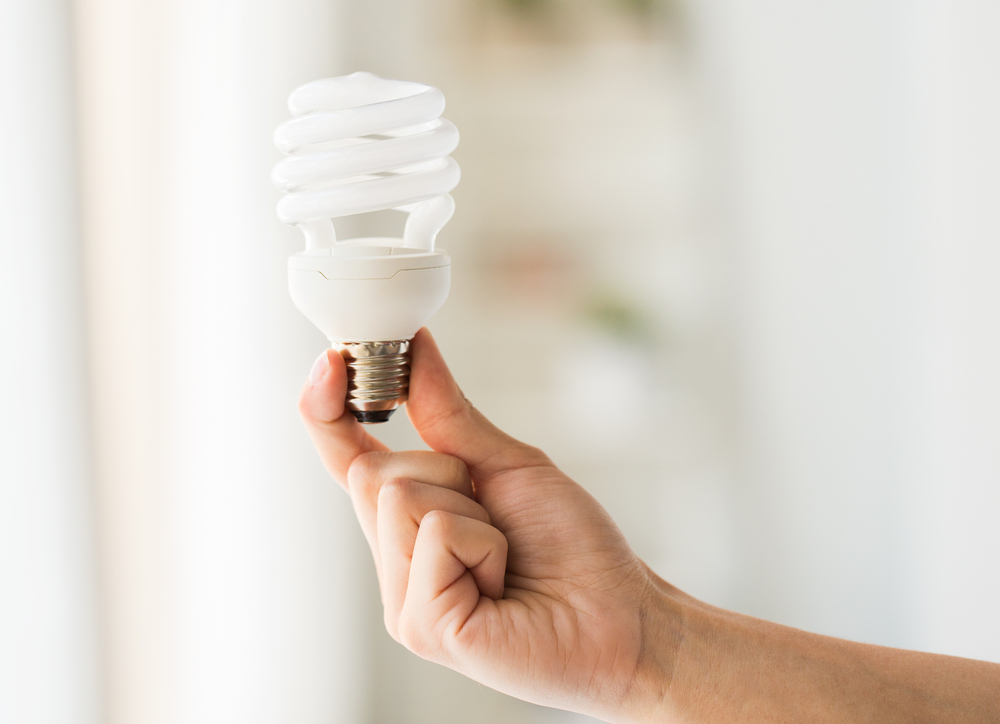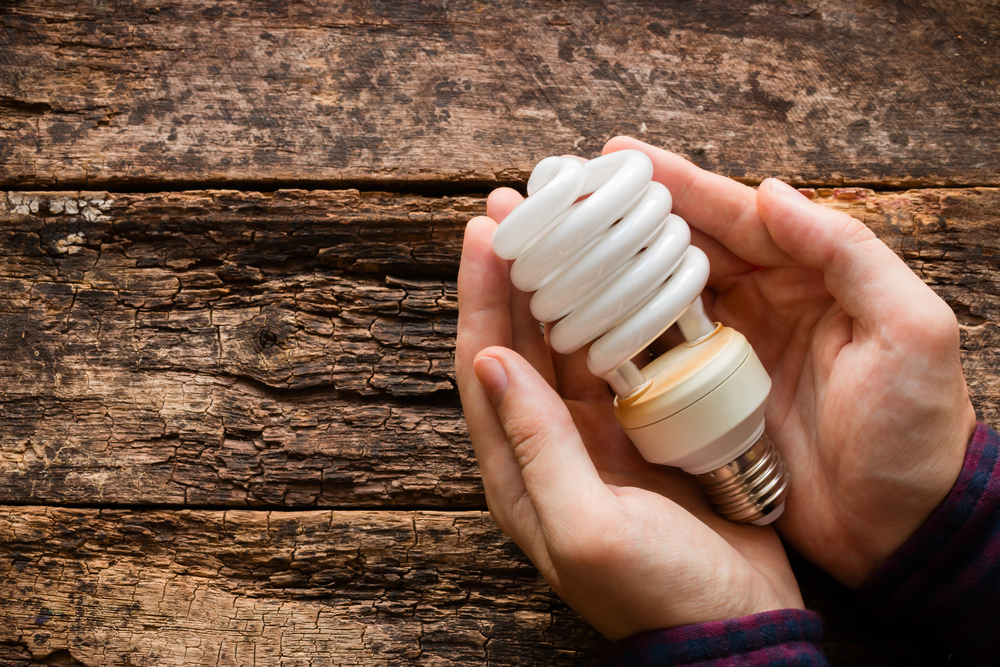
Did you know that a common bulb transforms 5% of energy into light and 95% into heat, while energy savers transform 95% into light and 5% into heat? – Second Call
Technically called compact fluorescent lamps (CFLs), They are the reduced version of the classic tube that we all know of the traditional light bulb.
Energy-saving light bulbs were created in 1976, when the American engineer Edward Hammer designed a spiral model that was proposed to replace the incandescent lights, however it was not until this decade that people began to change their views to this alternative.
Functionality
We need to know that a common light bulb transforms 5% of energy into light and 95% into heat,while energy savers transform 95% into light and 5% into heat. If our math does not fail us, this represents a great saving in our electricity bill. So if you haven’t yet changed the lights in your home and / or workplace, wait no more.

This type of lightbulb is of considerable cost, but the truth is that they pay for themselves at medium and long term.
A very important fact that we must know is that energy saving bulbs or CFL
(Compact Fluorescent Lightbulb) contain up to 5mg of mercury, which is why they do not dispose of them in the trash and for which we must be careful if they break in the Home.

The life of the incandescent bulb is one thousand hours, while that of the low consumption bulb is 7,500 hours.
Advantages of energy saving bulbs
- Energy-saving bulbs consume up to 80% less than incandescent ones;
and LEDs up to 85%. - Being energy efficient, they can last 8-10 years, if used in
average 3-4 hours a day. - They generate 80% less heat than incandescent, reducing risk of
fire. - By giving off less heat than normal bulbs, it is very good for climates
or hot and closed rooms.
How do they work?
1. An alternating current reaches the ballast, which controls the flow of electricity, and is directed towards the filaments.
2. The wires give off heat and ionize the gases contained in the bulb.
3. The ballast generates a spark, which ignites an electric arc between both
filaments.
4. The red-hot strands are quenched and become electrodes to maintain the arcl and, consequently, ionization.
5. The ions collide with the mercury atoms and they give off ultraviolet light.
6. Ultraviolet photons collide with the phosphor layer that lines the interior of the lamp.
7. Phosphorous atoms emit white light, visible to the human eye.
Moment of change
By law, in January 2014 Mexico stopped manufacturing and marketing incandescent bulbs.
In Mexico it is no longer possible to manufacture or sell incandescent light bulbs; in accordance to the provisions of the Law for the Sustainable Use of energy in 2014. This measure seeks to achieve different benefits in economic, environmental and social matters.l.
It is calculated that, only through the replacement of incandescent bulbs with energy saving bulbs, Mexico will achieve a reduction of around 1.4 percent of its total emissions of greenhouse gases.
Source: Diversidad Ambiental
Articles read on Second Call and Very Interesting.


